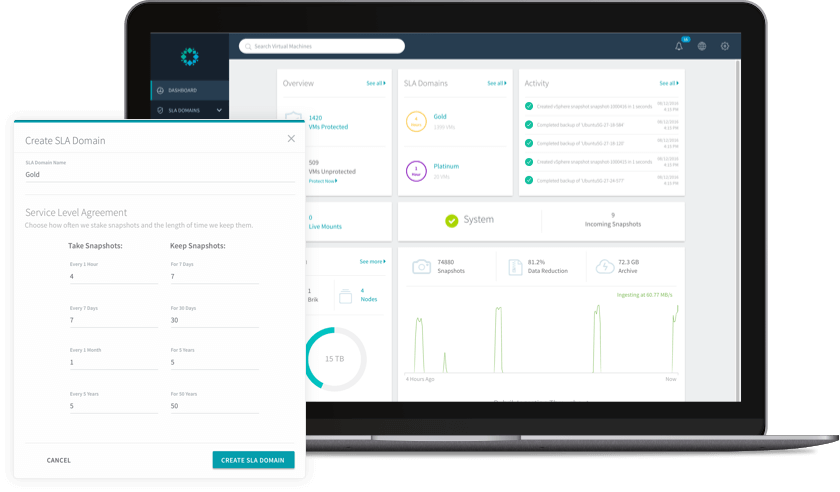If you look at the consumer applications we interface with on a daily basis, things like Facebook, Google, Twitter,… these all tend to be very easy to use and understand, typically little to no explanation is needed on how to use them, you simply sign-up and you get going.

But behind the covers of these very straightforward interactions lies a pretty complex world of intricate components, a lot of moving parts that make the application tick. For a little insight into the back-end architecture of Facebook for example, check out these videos;
https://developers.facebook.com/videos/f8-2016/inside-facebooks-infrastructure-part-1-the-system-that-serves-billions/
The typical target audience of Facebook I would guess is completely unaware of this, and rightfully so.
Now think about your typical enterprise applications, probably a lot less straight forward to interact with, a lot of nerd knobs to turn and a lot of certifications to be attained in mastering how to make best use of them.
“Well of course it is a lot more complex, because I need it to be!” I hear you say, but does it really though?
What if most of the heavy lifting is taken care of by the system itself, internal algorithms that govern the state of the solution and make the application perform how you need it to, minimizing the interaction with the end-user, and making that interaction as enjoyable as possible.
That is what the Rubrik Cloud Data Management solution is trying to achieve, under the hood it is a very, very capable piece of equipment but most of the complexity that comes with these enterprise capabilities has been automated away, and the little interaction that is left to the end-user is very straight forward, and dare I say enjoyable?

Matching enterprise data management capabilities with the simplicity of a consumer application is a lofty goal, but one worthy to pursue in my humble opinion. After all…
> Simplicity is the Ultimate Sophistication